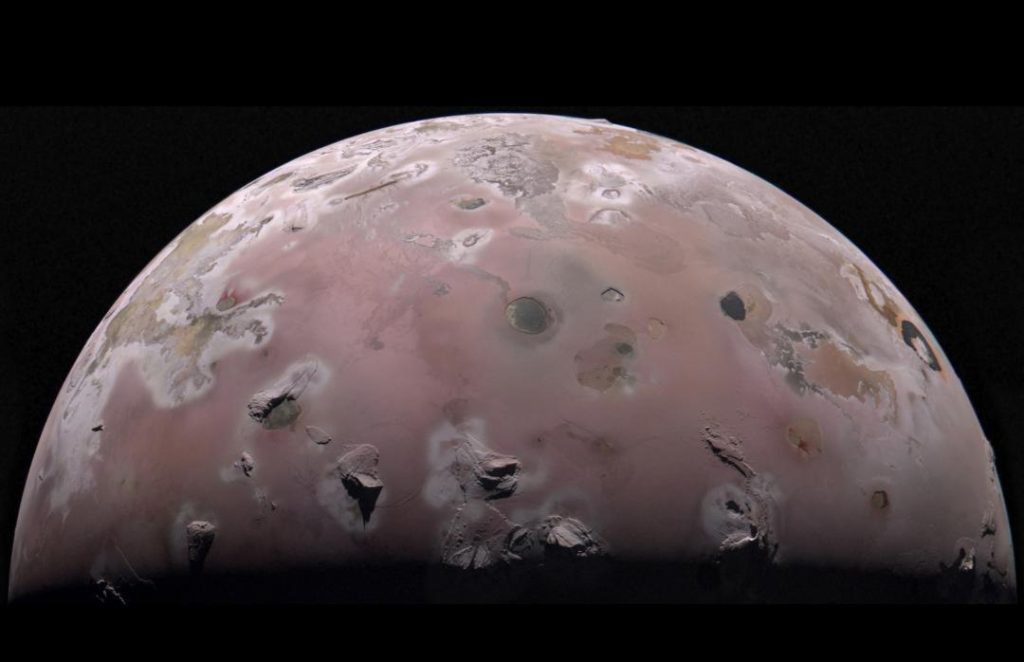
Title: NASA Reveals How it Fixed a Camera 370 Million Miles Away in 2023
In a remarkable achievement, NASA has successfully repaired a camera orbiting Jupiter, 370 million miles away, using an experimental technique called annealing. The JunoCam, a vital instrument on the Juno spacecraft, had been producing poor images due to radiation damage. However, NASA engineers worked their magic to restore the camera’s functionality, allowing it to capture detailed images of the gas giant and its surrounding environment.
In December 2023, the JunoCam, designed to capture stunning images of Jupiter’s atmosphere, began to malfunction due to the harsh radiation environment around the planet. The radiation damaged the camera’s detector, causing it to produce poor-quality images. The situation was critical, as the Juno spacecraft relies heavily on the JunoCam to collect valuable data about Jupiter’s atmosphere and magnetic field.
NASA’s engineers faced a daunting challenge: how to repair the camera 370 million miles away. The solution lay in an experimental technique called annealing, which involves heating the camera’s detector to repair microscopic defects caused by radiation damage. The team at NASA’s Jet Propulsion Laboratory (JPL) decided to apply this technique to the JunoCam, hoping to restore its functionality.
Annealing is a common process used to repair defects in materials, such as metal alloys, by heating them to a specific temperature. In the case of the JunoCam, the team heated the detector to 25°C (77°F), a relatively low temperature compared to other annealing processes. This gentle heating helped to repair the microscopic defects caused by radiation damage, allowing the detector to function normally again.
The process of annealing the JunoCam was a complex and time-consuming task. NASA engineers had to carefully plan and execute the repair, taking into account the vast distance between the spacecraft and Earth. They also had to ensure that the camera was properly isolated from the rest of the spacecraft to prevent any damage from the annealing process.
Once the annealing process was complete, the JunoCam was tested to ensure that it was functioning correctly. The results were impressive, with the camera producing high-quality images of Jupiter’s atmosphere and magnetic field. The successful repair of the JunoCam is a testament to NASA’s expertise and ingenuity in overcoming complex technical challenges.
The Juno spacecraft, launched in 2011, has been orbiting Jupiter since 2016. Its primary mission is to study the planet’s atmosphere, magnetic field, and interior. The spacecraft’s instruments, including the JunoCam, have provided a wealth of information about Jupiter’s structure and behavior. The successful repair of the JunoCam has ensured that the spacecraft can continue to collect valuable data about the gas giant and its surroundings.
The annealing technique used to repair the JunoCam is not only a remarkable achievement but also has implications for future space missions. As spacecraft travel further away from Earth, they are exposed to harsh radiation environments that can damage their instruments. The successful application of annealing to the JunoCam demonstrates a viable solution for repairing damaged instruments in space.
In conclusion, NASA’s achievement in repairing the JunoCam camera 370 million miles away is a remarkable feat of engineering and problem-solving. The successful application of annealing has ensured that the Juno spacecraft can continue to collect valuable data about Jupiter and its surroundings. This achievement highlights the importance of innovation and perseverance in overcoming complex technical challenges and demonstrates NASA’s commitment to pushing the boundaries of space exploration.






